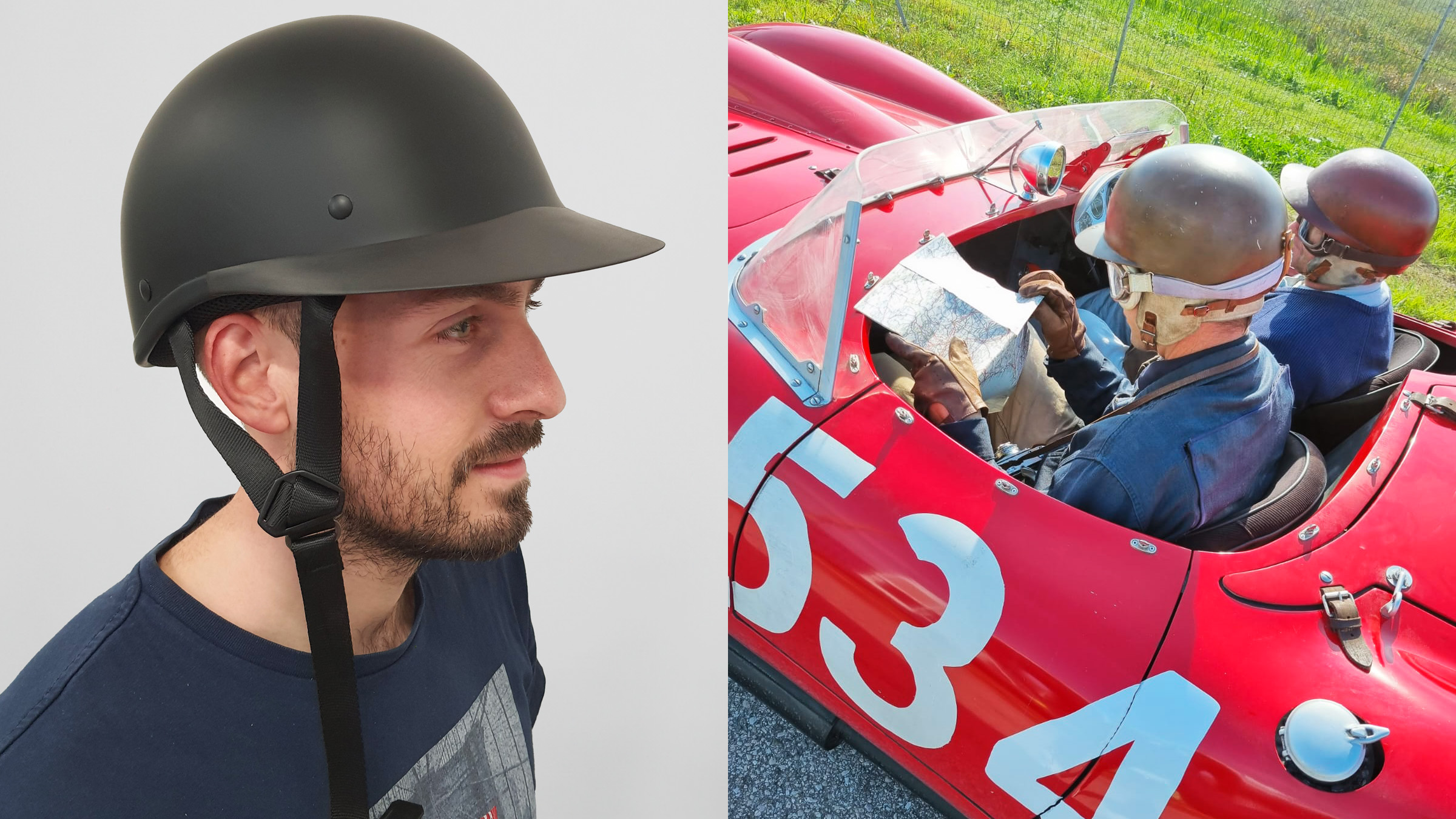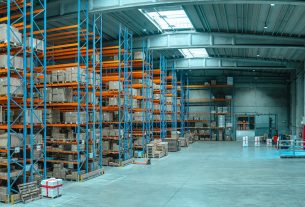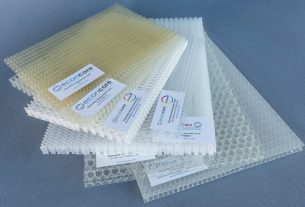Nestled in the soul of Modena, a city echoing with the thunderous symphony of engines and steeped in the storied tradition of automotive prowess, the eclectic and innovative filmmaker Michael Mann assumed the directorial helm to breathe life into the enthralling saga of Enzo Ferrari, the mastermind behind Ferrari cars.
Drawing inspiration from Brock Yates’ seminal 1991 biography, “Enzo Ferrari: The Man and the Machine”, Mann’s new cinematic masterpiece, “Ferrari” – Italian release: December 14th; worldwide: December 25th – meticulously explores the profound impact of this visionary Italian luminary on the realms of both automotive engineering and motorsport history.
CRP Technology, Italy-based 3D Printing company known for its advancements in the Additive Manufacturing sector, proudly collaborated with Michael Mann’s film production team, swiftly manufacturing and delivering functional 3D printed props, and showcasing remarkable efficiency in record time. Rooted in the Motor Valley, CRP Technology shares its birthplace and headquarters with Ferrari, adding a unique layer of significance to this cinematic collaboration.
Indeed applying cutting-edge Additive Manufacturing techniques and employing its advanced Windform materials for Laser Sintering well known amongst the Motorsports key leaders, CRP Technology contributed significantly to the creation of functional components, some impacting on the film’s visual narrative.
The components were commissioned to CRP Technology while the film crew was shooting in Modena, to be used immediately, during the filming in Modena and northern Italy. CRP Technology thanks to its highly skilled staff managed to provide the required 3D printed parts in a short amount of time thus ensuring the strict shooting schedule.
The collaboration involved crafting 3D printed props. These components, created with precision using CRP Technology’s expertise and professional 3D printing (Selective Laser Sintering process), included: driver helmet parts (visor), pit components and cat’s eyes, which contributed significantly to the film’s narrative.
The mathematics of the parts was appropriately aged to adapt the 3D components to the scene needs.
The 3D printed props also highlight the versatility of CRP Technology’s Windform composites: in fact, for many years Windform materials have been used in the most advanced industrial sectors such as Motorsport, Aerospace, UAV and now are proving to be also suitable for high-performance props.
Specifically the Carbon fiber filled Windform XT 2.0 (manufacturing material for the pit parts), the Glass fiber filled Windform GT (visor), and the rubber-like thermoplastic elastomer Windform RL (cat’s eye) have been chosen for their exceptional mechanical properties and suitability in diverse applications.
The materials are part of the Windform TOP-LINE range for selective laser sintering process: Windform XT 2.0 is a Carbon fiber filled composite, Windform GT is a glass fiber filled, and Windform RL is a thermoplastic elastomer.
The film production team expressed satisfaction with CRP Technology’s contribution, acknowledging the company for availability, efficient production, and timely deliveries. Additionally, they appreciated the quality of the 3D printed components, emphasizing CRP Technology’s dedication to providing effective solutions.
This collaboration illustrates CRP Technology’s commitment to advancing industrial 3D printing and reinforces its position as a reliable partner for innovative projects, even in the dynamic film production landscape.




